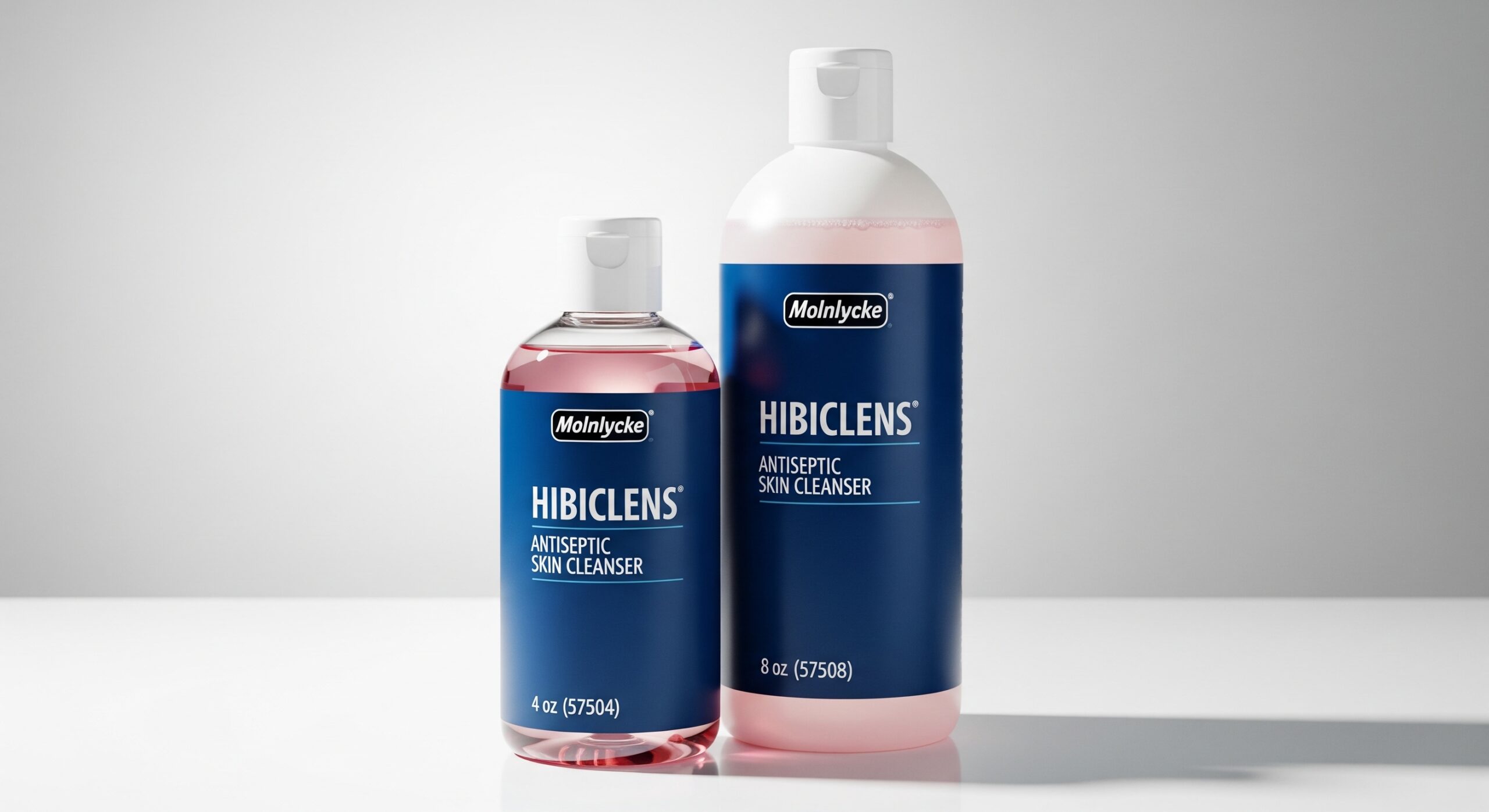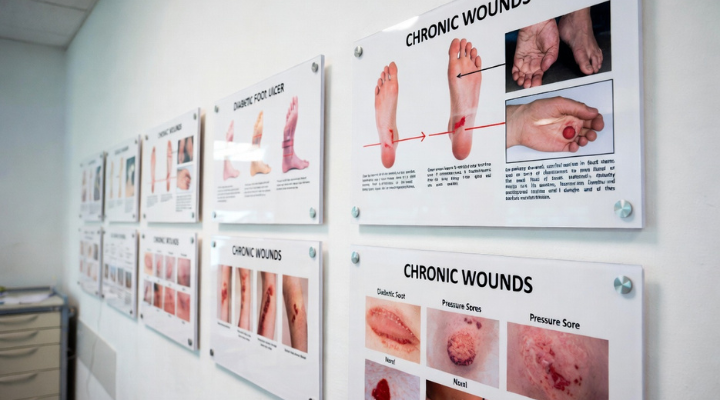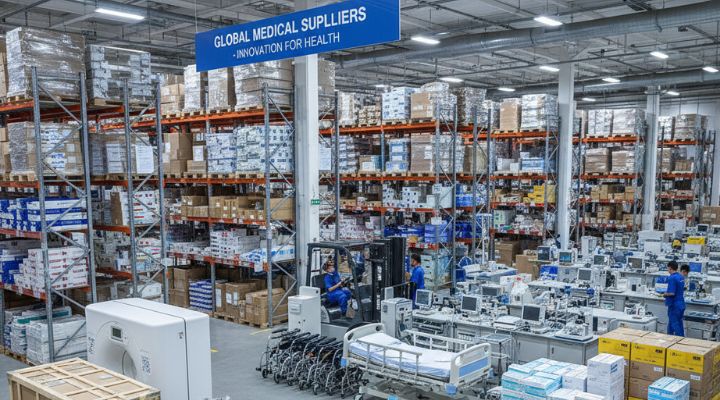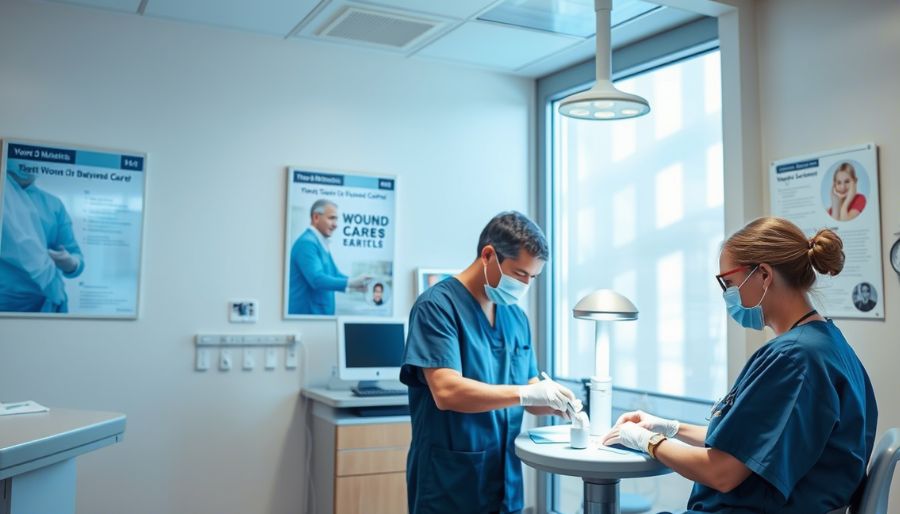
Wound Clinics: Specialized Care for Better Healing
Wounds are a part of life. Whether caused by accidents, surgeries, chronic conditions, or infections, most wounds heal naturally with time and basic care. However, some wounds resist healing, becoming chronic and causing significant pain, infection risks, and decreased quality of life. For such cases, wound clinics play a crucial role in providing specialized treatment, advanced technology, and expert care that promotes faster and more effective healing.
In this blog, we’ll explore what wound clinics are, why they matter, who should visit them, and what types of treatments they offer.
What Is a Wound Clinic?
A wound clinic is a medical facility dedicated to the comprehensive care and treatment of chronic or non-healing wounds. These clinics bring together a multidisciplinary team of healthcare professionals, including wound care specialists, nurses, vascular surgeons, dermatologists, podiatrists, and sometimes nutritionists and physical therapists.
Unlike general practitioners, wound care professionals are trained to address wounds that do not follow the normal healing trajectory. Wound clinics use specialized diagnostic tools, evidence-based techniques, and innovative therapies to treat complex wounds effectively.
Who Needs to Visit a Wound Clinic?
While most minor cuts, burns, or surgical wounds heal without complication, some individuals face challenges that delay healing. The following patients are most likely to benefit from wound clinic services:
-
Diabetics with foot ulcers or infections
-
People with poor circulation or peripheral arterial disease
-
Patients recovering from radiation or cancer treatments
-
Individuals with pressure ulcers (bedsores)
-
People with surgical wounds that are not healing properly
-
Patients with infections, abscesses, or traumatic wounds
If a wound shows no sign of healing within two weeks, or does not heal completely within six weeks, it’s time to consider seeing a wound specialist.
Types of Wounds Treated in Wound Clinics
Wound clinics treat a variety of acute and chronic wounds, including:
1. Diabetic Ulcers
A common complication in diabetics, these ulcers usually appear on the feet and are notoriously difficult to treat without expert care.
2. Venous Ulcers
These wounds occur when veins in the legs fail to return blood properly to the heart, leading to skin breakdown.
3. Arterial Ulcers
Caused by poor blood flow due to narrowed arteries, these ulcers usually affect the toes or feet.
4. Pressure Ulcers
Also known as bedsores, these result from prolonged pressure on the skin, often in patients who are immobile.
5. Traumatic Wounds
Wounds resulting from accidents, burns, or surgery that have trouble healing.
6. Surgical Wounds
When post-operative incisions become infected or fail to heal as expected.
7. Radiation Wounds
Tissue damage caused by radiation therapy for cancer treatment.
What Happens During a Wound Clinic Visit?
Your first visit to a wound clinic typically begins with a comprehensive assessment. This includes reviewing your medical history, medications, and risk factors, followed by a physical examination of the wound. Diagnostic tests like wound cultures, blood tests, x-rays, vascular studies, or even biopsies may be ordered.
Based on this evaluation, the wound care team develops a personalized treatment plan. This plan may include:
-
Debridement (removal of dead tissue)
-
Advanced wound dressings
-
Compression therapy
-
Antibiotic treatment
-
Offloading (relieving pressure from the wound)
-
Hyperbaric oxygen therapy (HBOT)
-
Skin grafting or flap surgery
-
Nutritional support
Advanced Wound Care Treatments Offered
Wound clinics are equipped with cutting-edge technologies and treatment options that are not typically available in general practice. Some of these include:
1. Hyperbaric Oxygen Therapy (HBOT)
Patients breathe pure oxygen in a pressurized chamber, which promotes oxygen delivery to tissues, boosts immune response, and speeds up wound healing.
2. Bioengineered Skin Substitutes
Lab-created skin grafts made from human or animal cells can be applied to large or difficult wounds to promote healing.
3. Negative Pressure Wound Therapy (NPWT)
Also known as wound VAC, this technique uses suction to remove fluid and reduce infection risk while promoting tissue growth.
4. Growth Factor Therapy
Application of natural or synthetic growth factors to stimulate tissue repair and regeneration.
5. Electrical Stimulation and Ultrasound Therapy
These physical therapies improve blood flow and promote tissue repair at the cellular level.
Benefits of Visiting a Wound Clinic
Here are some compelling reasons why wound clinics are essential for patients with slow-healing wounds:
-
Faster Healing Time: Specialized care reduces complications and accelerates recovery.
-
Lower Risk of Infection: With sterile procedures and proper wound management, infection risks are minimized.
-
Prevention of Amputations: Particularly for diabetic foot ulcers, early intervention can help avoid limb loss.
-
Improved Mobility: Effective wound care leads to less pain and better movement.
-
Enhanced Quality of Life: Physical healing translates into emotional and psychological well-being.
The Role of a Multidisciplinary Team
One of the strongest advantages of a wound clinic is its team-based approach. Complex wounds often require more than one type of expertise. A collaborative team ensures that all aspects of your health—circulation, infection control, nutrition, skin integrity, and mobility—are addressed holistically.
For instance, a vascular surgeon might evaluate blood flow issues, while a dietitian ensures proper nutrition to support healing. A podiatrist may recommend custom footwear to prevent further pressure or injuries.
Prevention and Aftercare
Healing a wound is just one part of the process. Wound clinics also emphasize preventing recurrence through education and follow-up care. Patients are often trained on:
-
Proper wound hygiene and dressing changes
-
Skin care and moisturization
-
Managing blood sugar levels
-
Choosing the right footwear
-
Monitoring for early signs of infection
Regular check-ins help ensure long-term success and keep chronic wounds from returning.
Conclusion
Chronic and non-healing wounds can be more than just a physical problem—they can limit your independence, affect your self-esteem, and lead to serious complications if ignored. Wound clinics provide specialized, evidence-based care that empowers patients to heal better, faster, and more completely.
If you or a loved one is struggling with a wound that just won’t heal, don’t wait. Consult a wound clinic near you and take the first step toward better healing and a better life. Contact us today wound clinic near me.

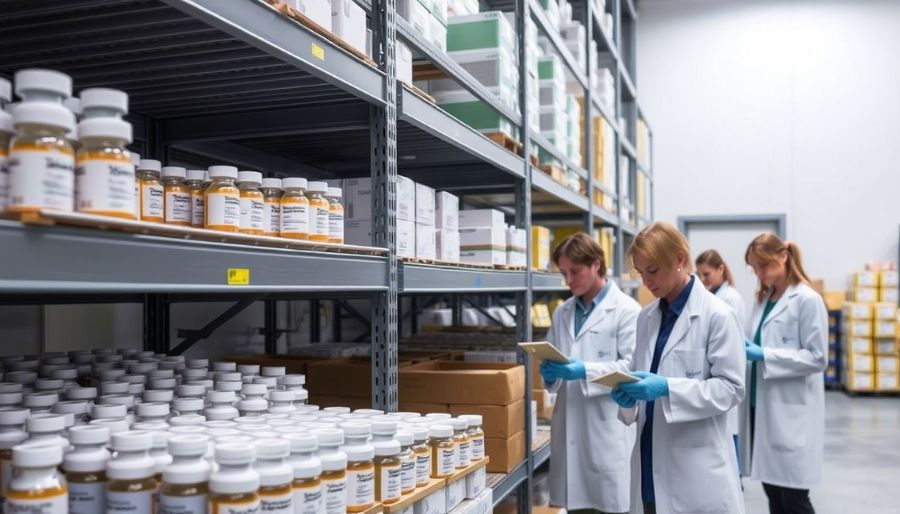 Next Post
Next Post